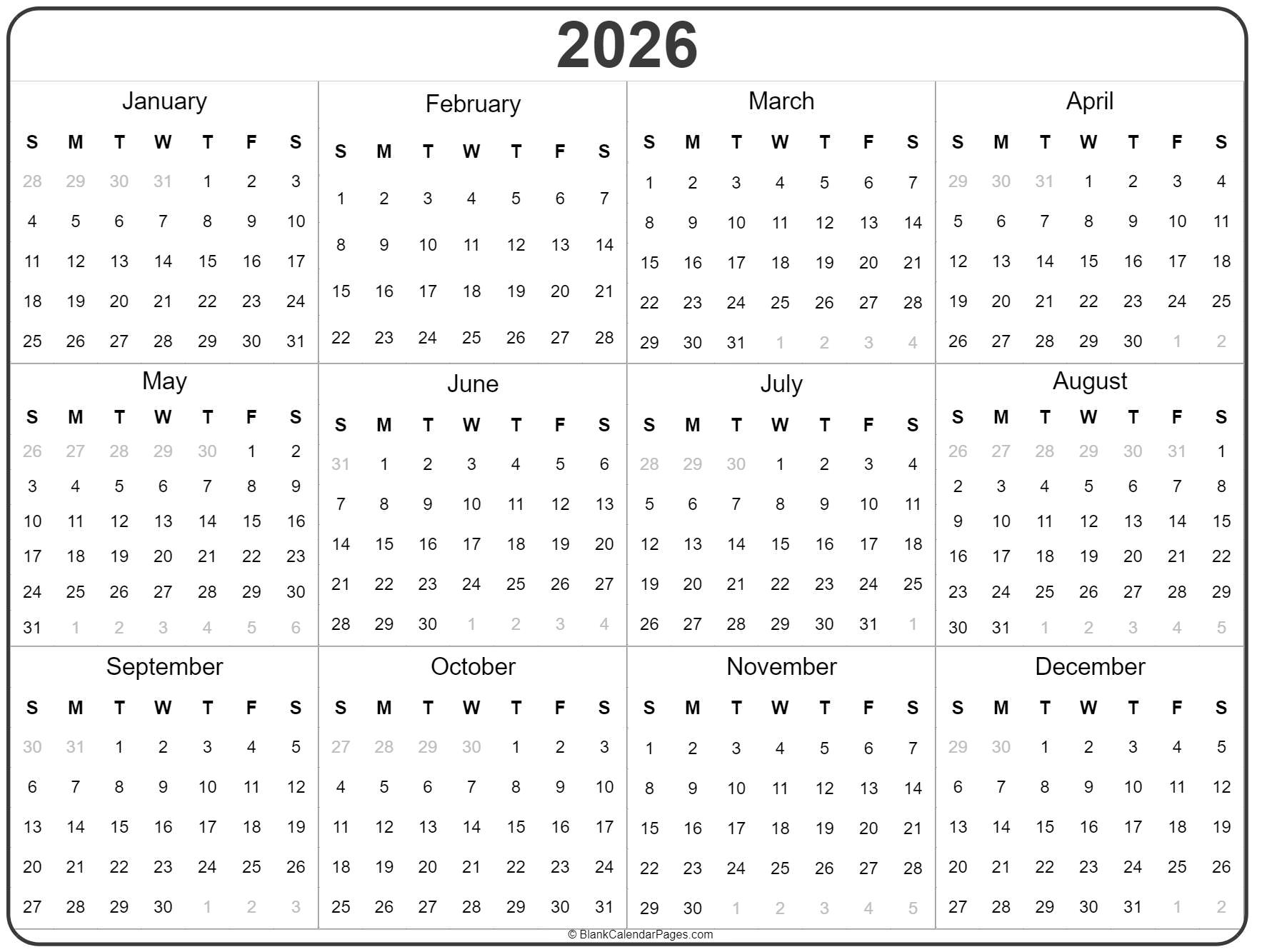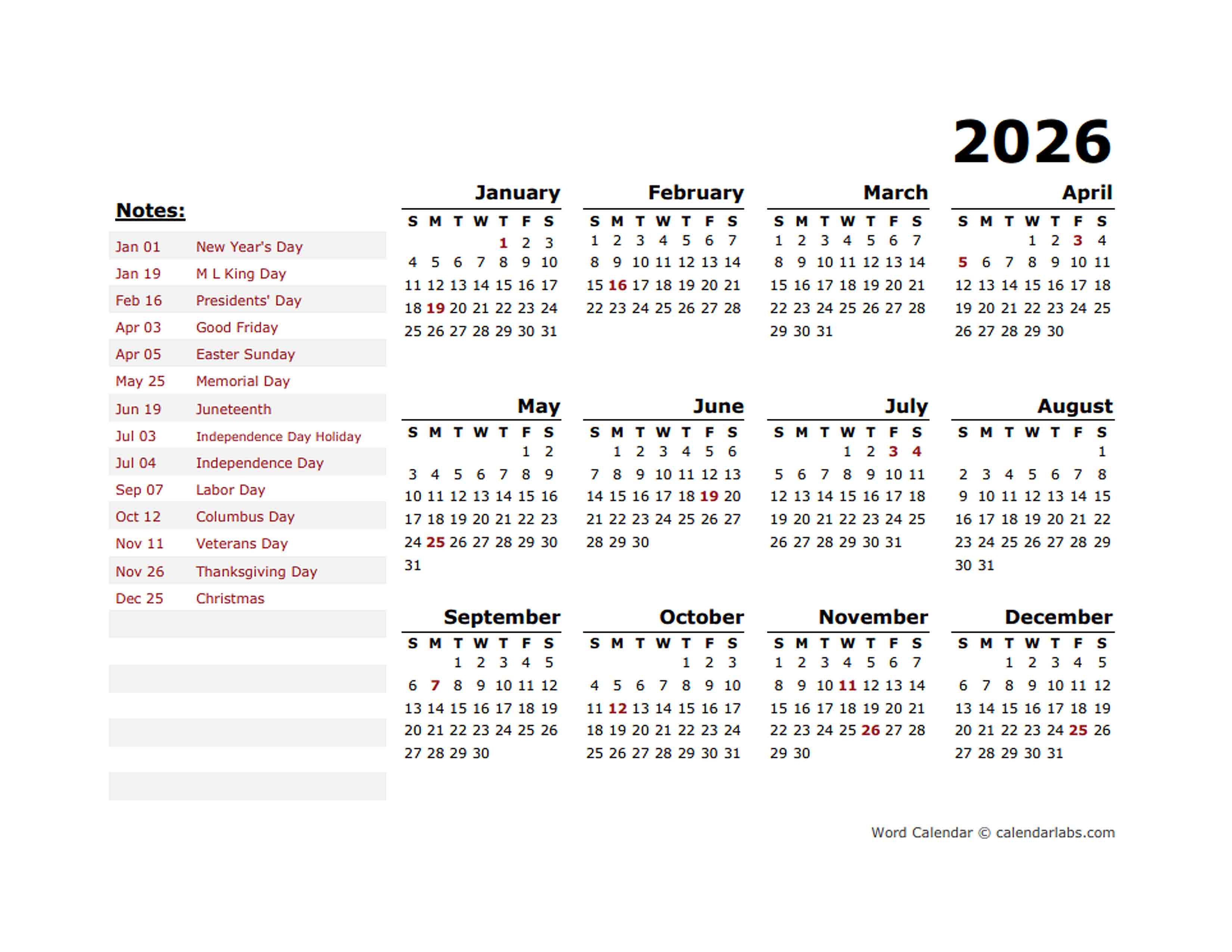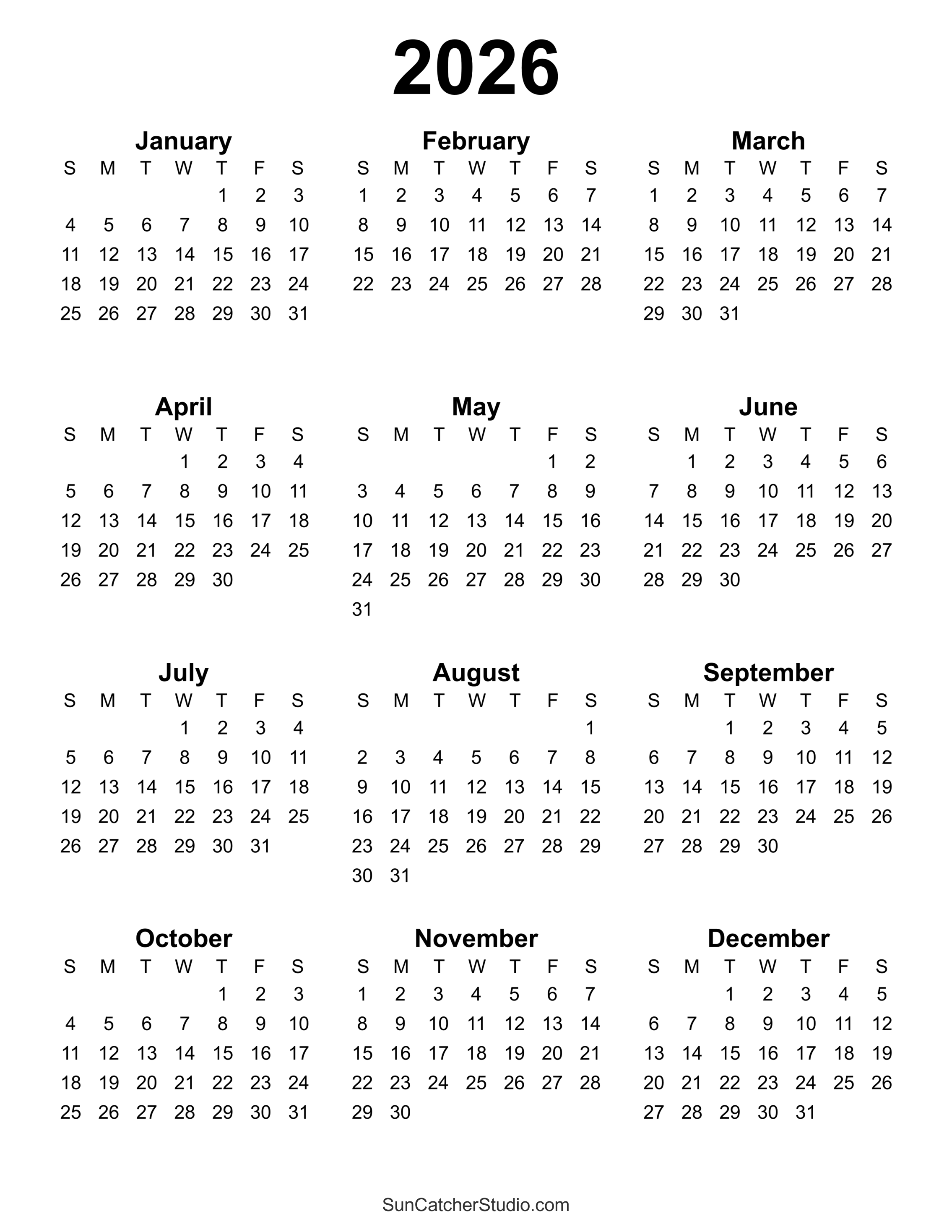
Introduction
2026 ka full calendar represents a significant subject within its field, encompassing a range of practices, traditions, and applications that shape daily life and broader cultural or professional landscapes. The comprehensive overview provided by a full calendar is not merely a sequence of dates; it is a fundamental tool for organization, foresight, and coordination across virtually every human endeavor. Understanding 2026 ka full calendar provides clarity about its background, its present relevance, and the way it continues to influence various aspects of society, from personal scheduling to global economic activities. It serves as an indispensable framework for planning, managing expectations, and navigating the complexities of the modern world.
Definition and Origin of 2026 ka full calendar
A full calendar, specifically for the year 2026, refers to a complete chronological listing of all days, weeks, and months within that particular year. It typically includes the designation of weekdays and weekends, national and regional holidays, and often astronomical events or significant cultural observances. The underlying structure of such a calendar is predominantly based on the Gregorian calendar system, which is the internationally accepted civil calendar. This system was introduced in October 1582 by Pope Gregory XIII as a reform of the Julian calendar. Its primary purpose was to correct the drift of the calendar year against the astronomical year, particularly to ensure that the date of Easter remained consistent with the vernal equinox.
The Gregorian calendar operates on a cycle of 365 days in a common year and 366 days in a leap year, with a leap day (February 29th) occurring every four years, with specific exceptions for century years not divisible by 400. The year 2026 is a common year, comprising 365 days. The concept of a full calendar, therefore, is rooted in humanity’s ancient need to track time, predict seasonal changes, coordinate agricultural activities, and organize religious festivals. From lunar and solar observations of early civilizations to the sophisticated astronomical calculations that underpin modern calendars, the evolution reflects a continuous quest for accuracy and utility in temporal organization. Today, the standardized nature of the Gregorian calendar ensures global synchronization, making a 2026 full calendar a universally understandable and applicable resource.
Importance of 2026 ka full calendar Today
The importance of a comprehensive calendar for 2026 extends far beyond simple date-keeping; it is a critical element for operational efficiency and societal harmony. In personal life, it enables individuals to plan appointments, manage family events, track personal goals, and observe significant dates like birthdays and anniversaries. Without a clear overview of the year, personal time management would become chaotic, leading to missed opportunities and increased stress.
Professionally, a full calendar is the backbone of project management, deadline setting, and resource allocation across all industries. Businesses rely on it for financial planning, sales forecasting, scheduling meetings, and coordinating international operations. Educational institutions use it to structure academic years, set examination dates, and plan school holidays. Governments utilize it for legislative sessions, election scheduling, public policy implementation, and the declaration of national holidays, which have significant economic and social impacts.
Furthermore, the calendar plays a vital role in cultural and religious practices. It dictates the timing of festivals, religious observances, and traditional celebrations, ensuring their continuity and proper execution. In a globally interconnected world, the shared understanding provided by a standardized calendar facilitates international trade, travel, and communication, allowing for synchronized activities across different time zones and cultures. The ability to look ahead and anticipate events, whether they are personal commitments, professional milestones, or public holidays, is fundamental to effective planning and proactive decision-making in 2026.
Benefits of 2026 ka full calendar
The benefits derived from having a complete calendar for 2026 are multifaceted and impactful. Primarily, it significantly enhances time management. By providing a clear visual representation of days, weeks, and months, it allows individuals and organizations to allocate time effectively, prioritize tasks, and set realistic deadlines. This leads to improved productivity, as planning reduces wasted effort and ensures that resources are directed towards critical activities.
Another major benefit is stress reduction. Knowing what lies ahead, from daily tasks to long-term projects, helps in mitigating anxiety associated with uncertainty. Proactive planning, enabled by a full calendar, allows for adequate preparation and avoids last-minute rushes. It also facilitates better financial planning, as individuals and businesses can anticipate income and expenses, plan for tax deadlines, and schedule investments or payments well in advance.
For event coordination, the calendar is indispensable. Whether it is a wedding, a corporate conference, a public festival, or a personal gathering, the calendar provides the necessary framework to select dates, book venues, and manage invitations. This ensures smooth execution and avoids scheduling conflicts. Moreover, a full calendar fosters cultural awareness by highlighting national and international holidays, allowing for respectful recognition of diverse traditions and facilitating cross-cultural understanding. It also aids in goal setting and tracking, providing milestones against which progress can be measured throughout the year. Ultimately, the comprehensive view offered by a 2026 full calendar empowers users with control over their time and activities, leading to greater efficiency, reduced errors, and a more organized approach to life and work.
Applications of 2026 ka full calendar
The applications of a full calendar for 2026 are extensive and touch upon nearly every sector of modern life. In the personal domain, individuals use it for daily scheduling, marking family events, planning vacations, managing appointments (medical, dental, social), and tracking personal projects or fitness goals. It helps in balancing work-life responsibilities and ensuring that important personal commitments are not overlooked.
For businesses and professional organizations, the calendar is a cornerstone of operations. It is used for project planning, setting product launch dates, managing employee schedules, coordinating team meetings, scheduling client engagements, and adhering to financial reporting deadlines. Sales teams use it for forecasting and campaign planning, while human resources departments rely on it for payroll cycles and performance reviews.
In education, the calendar dictates academic terms, semester breaks, examination periods, and extracurricular activities. Students use it to manage study schedules and assignment deadlines, while administrators plan curriculum delivery and faculty meetings. Government bodies apply the calendar for legislative sessions, public holiday declarations, election cycles, budget allocations, and the rollout of public services or infrastructure projects.
The travel and hospitality industry heavily depends on the calendar for booking management, seasonal pricing, and planning for peak travel periods. Event organizers use it to schedule conferences, concerts, and sports events. Even in scientific research, experimental timelines and data collection periods are meticulously planned using calendar tools. Furthermore, the calendar is crucial for religious institutions to observe holy days, festivals, and ceremonial timings. In essence, any activity that requires sequential organization, foresight, and coordination across time benefits immensely from the comprehensive structure provided by a 2026 full calendar.
Challenges and Future of 2026 ka full calendar
While the utility of a full calendar for 2026 is undeniable, its management and evolution present certain challenges. One significant challenge is the proliferation of digital calendar tools and the need for seamless synchronization across multiple devices and platforms. Users often juggle personal, work, and shared calendars, leading to potential conflicts or missed entries if synchronization is not robust. Data privacy and security also emerge as concerns, particularly with cloud-based calendars that store sensitive personal and professional information. Ensuring that calendar data is protected from unauthorized access or breaches is paramount.
Another challenge involves adapting to evolving work patterns, such as the rise of remote and hybrid work models. Traditional nine-to-five schedules are becoming less rigid, requiring calendars to be more flexible and capable of accommodating diverse working hours and global teams across different time zones. The integration of artificial intelligence (AI) into calendar systems, while promising, also presents challenges related to algorithm bias, over-automation, and maintaining user control over scheduling decisions.
Looking to the future, the calendar is expected to become even more intelligent and integrated. Future calendars might leverage AI to proactively suggest optimal times for tasks based on personal productivity patterns, automatically reschedule conflicting appointments, and provide predictive insights into future demands. Enhanced integration with other productivity tools, smart home devices, and wearable technology will create a more holistic and responsive personal assistant. The development of more intuitive user interfaces and robust cross-platform compatibility will also be crucial. The challenge will be to harness these technological advancements to augment human planning capabilities without creating over-reliance or sacrificing user autonomy, ensuring that the calendar remains a tool for empowerment rather than a source of complexity.
FAQs about 2026 ka full calendar
Q1: What is 2026 ka full calendar?
A1: 2026 ka full calendar refers to a complete and comprehensive chronological listing of all days, weeks, and months for the entire year 2026. It typically includes the designation of weekdays and weekends, national and regional public holidays, and sometimes other significant dates or astronomical events. It serves as a detailed overview of the year’s temporal structure.
Q2: Why is 2026 ka full calendar important?
A2: It is important because it provides a fundamental framework for planning, organization, and coordination across personal, professional, and societal domains. It enables effective time management, helps in setting deadlines, facilitates event scheduling, aids financial planning, and ensures the observance of cultural and religious traditions, leading to greater efficiency and reduced stress.
Q3: What are the main benefits of 2026 ka full calendar?
A3: The main benefits include enhanced time management, improved productivity, reduced stress, better financial planning, efficient event coordination, and increased cultural awareness. It empowers individuals and organizations to proactively manage their schedules, allocate resources effectively, and achieve their goals.
Q4: How can 2026 ka full calendar be applied in daily life?
A4: In daily life, it can be applied for personal scheduling (appointments, family events, vacations), professional tasks (deadlines, meetings, project management), educational planning (academic terms, exams), travel arrangements, and observing national or religious holidays. It helps in structuring routines and ensuring important dates are remembered.
Q5: What challenges are associated with 2026 ka full calendar?
A5: Challenges include ensuring seamless synchronization across multiple digital platforms and devices, addressing data privacy and security concerns with cloud-based calendars, adapting to evolving work patterns (e.g., remote work), and effectively integrating new technologies like AI while maintaining user control and avoiding over-automation.
Tips for 2026 ka full calendar
To maximize the utility of a 2026 full calendar, consider adopting these practical tips:
-
Understand the fundamentals. Familiarize oneself with the basic structure of the Gregorian calendar for 2026, including the number of days in each month, the sequence of weekdays, and especially any national or regional public holidays that might affect personal or professional schedules. Knowing these foundational elements helps in anticipating closures, long weekends, or periods of high demand.
-
Focus on practical use. Integrate the calendar into daily routines. This could involve using a physical planner, a digital calendar application, or a combination of both. Regularly review upcoming days, weeks, and months to ensure that all appointments, deadlines, and events are accurately recorded and accounted for. Set reminders for critical tasks and recurring events to avoid oversights.
-
Stay updated on new trends or research. While the basic structure of the calendar remains constant, the tools and methods for utilizing it are continually evolving. Keep abreast of new digital calendar features, integration capabilities with other productivity apps, or emerging best practices in time management. This ensures that one is leveraging the most efficient and effective methods for planning.
-
Avoid common mistakes. Common pitfalls include over-scheduling, failing to account for travel time between appointments, not regularly reviewing the calendar, or relying solely on memory. It is crucial to build in buffer time, regularly synchronize digital calendars, and periodically cross-reference different scheduling tools to prevent conflicts and ensure accuracy.
-
Adopt a long-term approach. While daily and weekly planning is essential, utilize the full calendar for 2026 to set and track long-term goals. Break down larger objectives into smaller, manageable milestones spread across the year. This allows for strategic planning, resource allocation, and consistent progress towards significant personal or professional achievements, providing a clear roadmap for the entire year.
Conclusion about 2026 ka full calendar
The continuing importance of 2026 ka full calendar cannot be overstated. It stands as an indispensable tool that underpins the organization and progression of both individual lives and collective society. Its cultural significance is evident in the structured observance of traditions and holidays, fostering community and continuity. Professionally, it remains the bedrock of efficiency, enabling strategic planning, resource management, and the coordination of complex global operations. Personally, it empowers individuals to manage their time effectively, reduce stress, and achieve their aspirations. While challenges such as digital synchronization, data security, and adaptation to evolving work paradigms exist, the inherent benefits of a comprehensive calendar—enhanced productivity, precise coordination, and informed decision-making—far outweigh these complexities. As technology advances, the calendar will undoubtedly evolve, but its fundamental role as a central element of progress and relevance will endure, ensuring that 2026 ka full calendar remains a vital guide into the future.






Leave a Reply